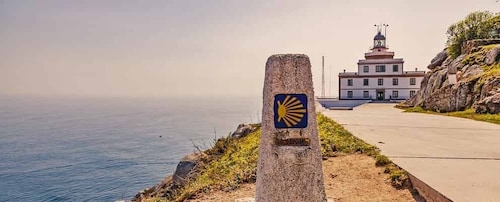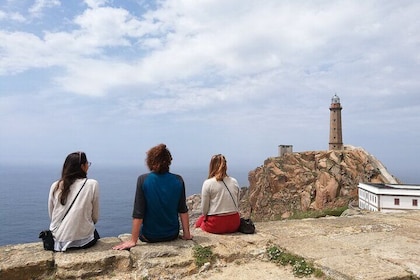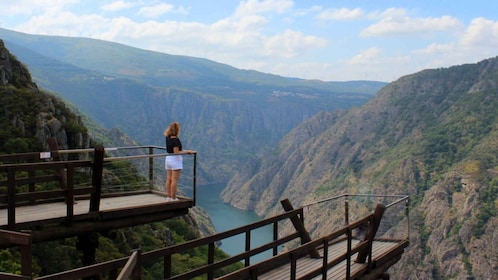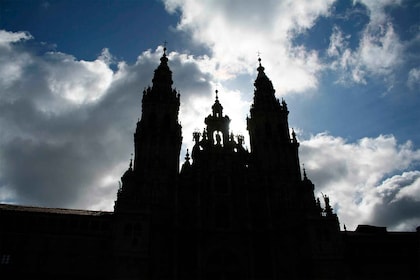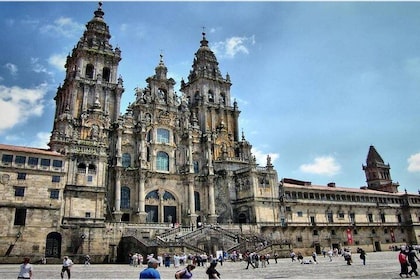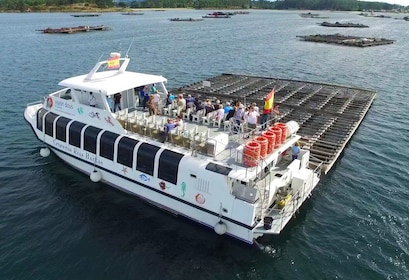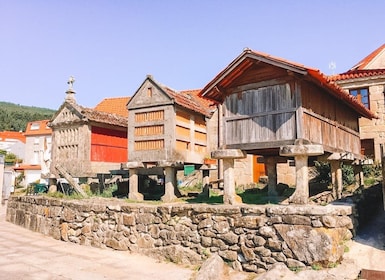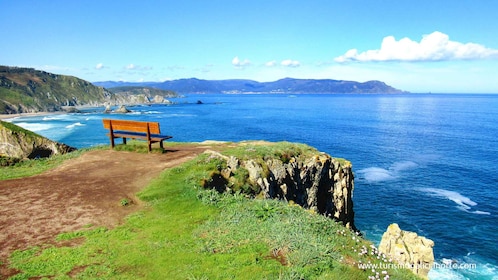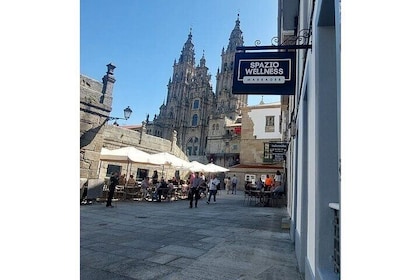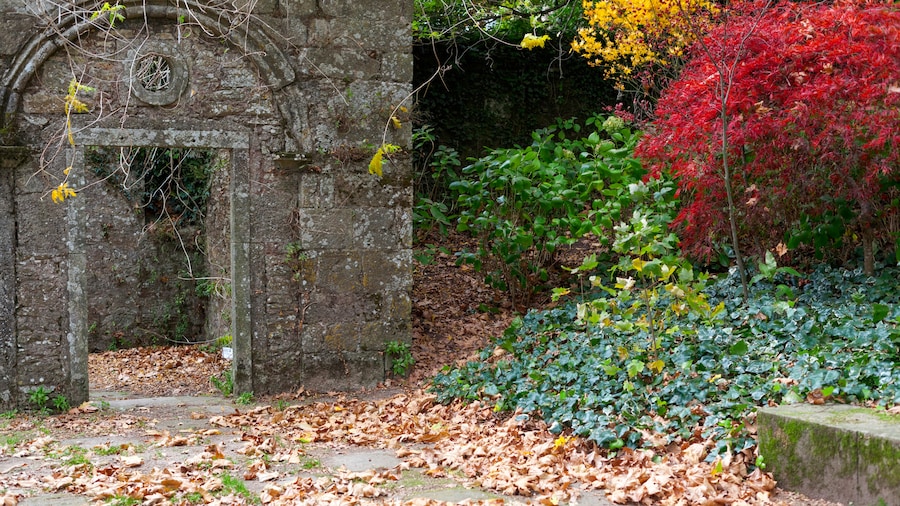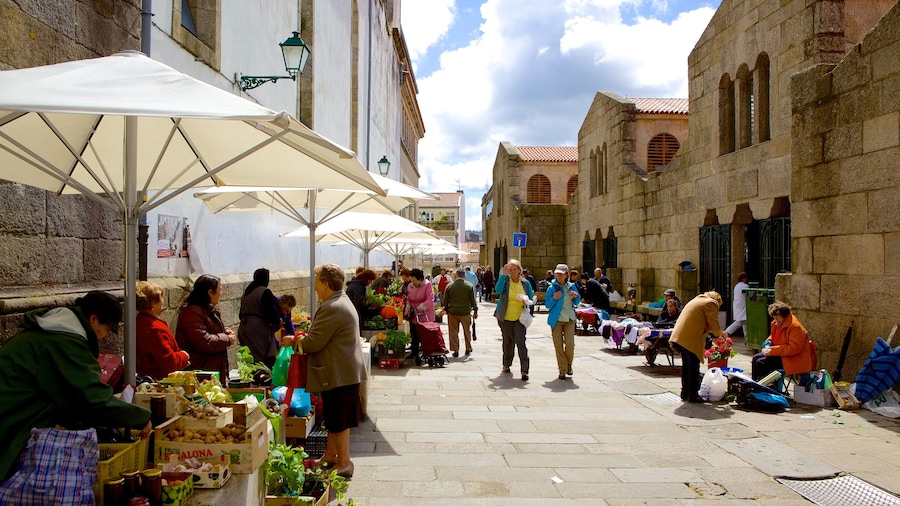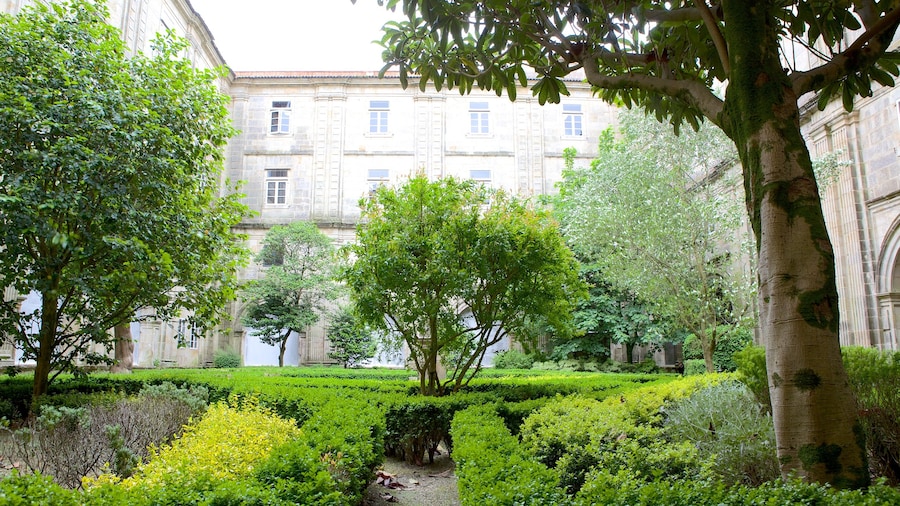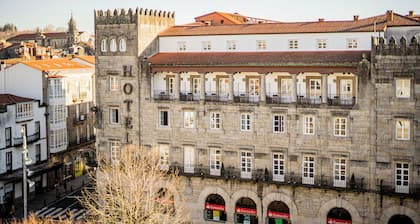Set in a 17th-century former convent, the Museum of the Galician People highlights various aspects of this unique northwestern Spanish culture. Displaying anything from farming implements to sculptures, this important museum creates a picture of traditional Galician life. In addition to seeing the fascinating exhibitions, take a few hours to explore the museum’s historic setting.
Admire the building’s beautiful architecture, which combines aspects of Romanesque, Gothic and Baroque styles. Originally constructed in the 13th century, the convent was rebuilt 400 years later and eventually transformed into a museum in 1977.
On the ground floor, you’ll find the iconic triple spiral staircase. Constructed by architect Domingo de Andrade in the 13th century, this elegant granite staircase winds up the three floors of the building. As you ascend the staircase, stop to explore each of the rooms, which together contain the museum’s 11 permanent exhibitions. Don’t miss the exhibits dedicated to Galicia’s fishing and farming industries. You’ll see traditional farming implements, fishing boats and carpenter’s tools. Look for old bagpipes in the music area, as well as an antique printing press in the section dedicated to books and media.
Save time to explore the convent’s church, which is one of the largest in Santiago. Temporary exhibitions are occasionally displayed here, so find out if anything is taking place during your visit. You’ll also find markers for a number of famous Galicians buried in the church, including writer Rosalía de Castro and poet Ramón Cabanillas.
Walk around the surrounding Santo Domingo de Bonaval Park, a tranquil public green space. Find a spot to read a book under a shady oak tree or walk to the Galician Center for Contemporary Art, which is located opposite the museum. This unique building was designed by Portuguese architect Álvaro Siza and presents the work of some of Galicia’s finest 20th-century artists, along with a few emerging talents.
The Museum of the Galician People is located northeast of the city’s Old Town. It’s open Tuesday to Saturday with regular closures during the mid-afternoon and on public holidays.





